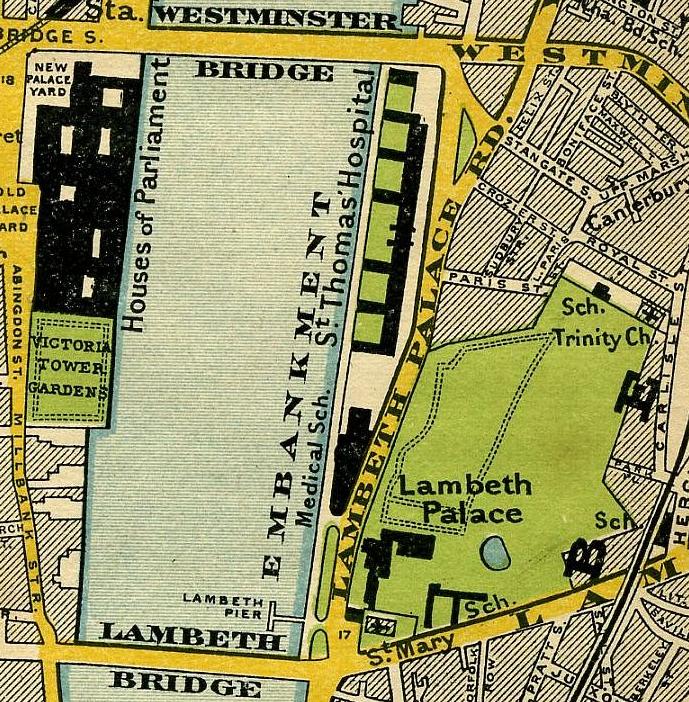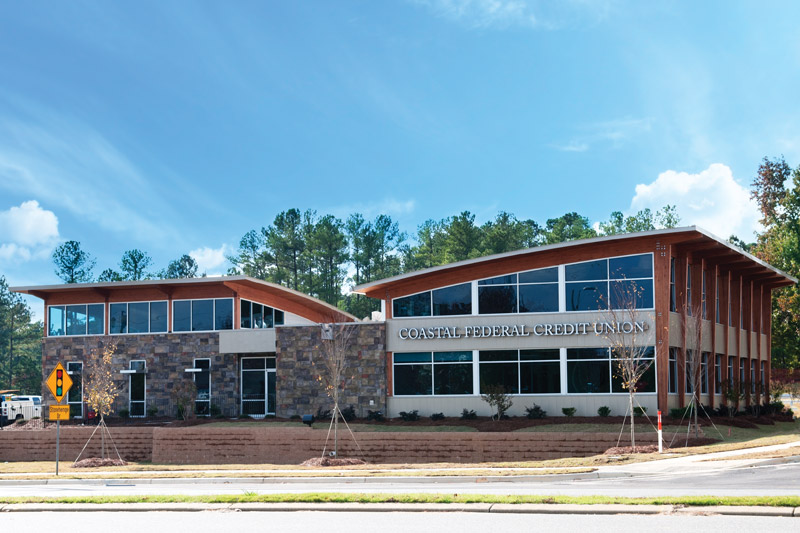|
Lambeth Endowed Charities
The Walcot Foundation (previously known as the Lambeth Endowed Charities) is an independent grant maker concerned with addressing the needs of people in poverty living in Lambeth, London, United Kingdom. History The Foundation can trace its origins to the 1620s. It is the product of a number of endowed charities set up between the 1620s and the 1950s, all broadly concerned with the relief of the poor. The ‘area of benefit’ is coterminous with the modern-day Borough of Lambeth, one of London’s 12 inner boroughs and one with relatively high levels of deprivation and social need. The principal constituent charity is the Walcot Educational Foundation, named after Edmund Walcot(t). By his Will of 1667 he left seventeen acres of land in North Lambeth, close to the River Thames, to provide income for the relief of the local poor. Over the centuries these assets changed and grew and now provide the bulk of the income used to fund grants programmes. Current approaches and act ... [...More Info...] [...Related Items...] OR: [Wikipedia] [Google] [Baidu] |
Lambeth
Lambeth () is a district in South London, England, in the London Borough of Lambeth, historically in the County of Surrey. It is situated south of Charing Cross. The population of the London Borough of Lambeth was 303,086 in 2011. The area experienced some slight growth in the medieval period as part of the manor of Lambeth Palace. By the Victorian era the area had seen significant development as London expanded, with dense industrial, commercial and residential buildings located adjacent to one another. The changes brought by World War II altered much of the fabric of Lambeth. Subsequent development in the late 20th and early 21st centuries has seen an increase in the number of high-rise buildings. The area is home to the International Maritime Organization. Lambeth is home to one of the largest Portuguese-speaking communities in the UK, and is the second most commonly spoken language in Lambeth after English. History Medieval The origins of the name of Lambeth come fr ... [...More Info...] [...Related Items...] OR: [Wikipedia] [Google] [Baidu] |
London
London is the capital and List of urban areas in the United Kingdom, largest city of England and the United Kingdom, with a population of just under 9 million. It stands on the River Thames in south-east England at the head of a estuary down to the North Sea, and has been a major settlement for two millennia. The City of London, its ancient core and financial centre, was founded by the Roman Empire, Romans as ''Londinium'' and retains its medieval boundaries.See also: Independent city#National capitals, Independent city § National capitals The City of Westminster, to the west of the City of London, has for centuries hosted the national Government of the United Kingdom, government and Parliament of the United Kingdom, parliament. Since the 19th century, the name "London" has also referred to the metropolis around this core, historically split between the Counties of England, counties of Middlesex, Essex, Surrey, Kent, and Hertfordshire, which largely comprises Greater London ... [...More Info...] [...Related Items...] OR: [Wikipedia] [Google] [Baidu] |
United Kingdom
The United Kingdom of Great Britain and Northern Ireland, commonly known as the United Kingdom (UK) or Britain, is a country in Europe, off the north-western coast of the European mainland, continental mainland. It comprises England, Scotland, Wales and Northern Ireland. The United Kingdom includes the island of Great Britain, the north-eastern part of the island of Ireland, and many List of islands of the United Kingdom, smaller islands within the British Isles. Northern Ireland shares Republic of Ireland–United Kingdom border, a land border with the Republic of Ireland; otherwise, the United Kingdom is surrounded by the Atlantic Ocean, the North Sea, the English Channel, the Celtic Sea and the Irish Sea. The total area of the United Kingdom is , with an estimated 2020 population of more than 67 million people. The United Kingdom has evolved from a series of annexations, unions and separations of constituent countries over several hundred years. The Treaty of Union between ... [...More Info...] [...Related Items...] OR: [Wikipedia] [Google] [Baidu] |
London Borough
The London boroughs are the 32 local authority districts that together with the City of London make up the administrative area of Greater London; each is governed by a London borough council. The present London boroughs were all created at the same time as Greater London on 1 April 1965 by the ''London Government Act 1963'' and are a type of local government district. Twelve were designated as Inner London boroughs and twenty as Outer London boroughs. The City of London, the historic centre, is a separate ceremonial county and local government district that functions quite differently from a London borough. However, the two counties together comprise the administrative area of Greater London as well as the London Region, all of which is also governed by the Greater London Authority. The London boroughs have populations of between 150,000 and 400,000. Inner London boroughs tend to be smaller, in both population and area, and more densely populated than Outer London borough ... [...More Info...] [...Related Items...] OR: [Wikipedia] [Google] [Baidu] |
Walcot Educational Foundation
Walcot may refer to: Places * Walcot, Bath, a suburb of the city of Bath, England * Walcot, Lincolnshire, near Folkingham, Lincolnshire, England * Walcot, North Lincolnshire, a hamlet in the civil parish of Alkborough, Lincolnshire, England * Walcot, Oxfordshire, a hamlet in Oxfordshire near Charlbury * Walcot, Shropshire, a village in the borough of Telford and Wrekin, Shropshire, England * Walcot, Swindon, a suburb Derived names * Walcot Hall, Southorpe, now in Peterborough, England * Walcot Hall, a Georgian country house near Alkborough, North Lincolnshire * Walcot Hall, a Georgian country house in Lydbury North parish, Shropshire, England People * Thomas Walcot (1629–1685), British judge and politician * Thomas Walcot (Lieut Colonel) (1625-1683), British soldier * William Walcot (1874–1943), British architect, graphic artist and etcher See also * Walcott, Lincolnshire * Walcote (other) * Walcott (other) * Woolcott (other) Woolcott or Wool ... [...More Info...] [...Related Items...] OR: [Wikipedia] [Google] [Baidu] |
North Lambeth
Lambeth () is a district in South London, England, in the London Borough of Lambeth, historically in the County of Surrey. It is situated south of Charing Cross. The population of the London Borough of Lambeth was 303,086 in 2011. The area experienced some slight growth in the medieval period as part of the manor of Lambeth Palace. By the Victorian era the area had seen significant development as London expanded, with dense industrial, commercial and residential buildings located adjacent to one another. The changes brought by World War II altered much of the fabric of Lambeth. Subsequent development in the late 20th and early 21st centuries has seen an increase in the number of high-rise buildings. The area is home to the International Maritime Organization. Lambeth is home to one of the largest Portuguese-speaking communities in the UK, and is the second most commonly spoken language in Lambeth after English. History Medieval The origins of the name of Lambeth come fr ... [...More Info...] [...Related Items...] OR: [Wikipedia] [Google] [Baidu] |
Credit Union
A credit union, a type of financial institution similar to a commercial bank, is a member-owned nonprofit financial cooperative. Credit unions generally provide services to members similar to retail banks, including deposit accounts, provision of credit, and other financial services. In several African countries, credit unions are commonly referred to as SACCOs (Savings and Credit Co-Operative Societies). Worldwide, credit union systems vary significantly in their total assets and average institution asset size, ranging from volunteer operations with a handful of members to institutions with hundreds of thousands of members and assets worth billions of US dollars. In 2018, the number of members in credit unions worldwide was 274 million, with nearly 40 million members having been added since 2016. Leading up to the financial crisis of 2007–2008, commercial banks engaged in approximately five times more subprime lending relative to credit unions and were two and a half ... [...More Info...] [...Related Items...] OR: [Wikipedia] [Google] [Baidu] |
Financial Literacy
Financial literacy is the possession of the set of skills and knowledge that allows an individual to make informed and effective decisions with all of their financial resources. Raising interest in personal finance is now a focus of state-run programs in countries including Australia, Canada, Japan, the United States, and the United Kingdom. Understanding basic financial concepts allows people to know how to navigate in the financial system. People with appropriate financial literacy training make better financial decisions and manage money better than those without such training. The Organization for Economic Co-operation and Development (OECD) started an inter-governmental project in 2003 with the objective of providing ways to improve financial education and literacy standards through the development of common financial literacy principles. In March 2008, the OECD launched the International Gateway for Financial Education, which aims to serve as a clearinghouse for financial edu ... [...More Info...] [...Related Items...] OR: [Wikipedia] [Google] [Baidu] |
Kennington Road
Kennington Road is a long straight road, approximately a mile in length, in the London Borough of Lambeth in London, England, running south from Westminster Bridge Road (at the junction with Baylis Road to the north-east) to Kennington Park Road. The road is designated as the A23. Formerly open land, in 1751, a year after Westminster Bridge was opened, it was constructed by the Turnpike Trustees to improve communication from the bridge to routes south of the river Thames. With the growing popularity of Brighton as a resort in the later eighteenth century it became part of the route there, used by George IV on his excursions there and later for other London to Brighton events such as the London to Brighton Veteran Car Run. Lambeth North Underground station is located at the north end of the road at the junction with Westminster Bridge Road. The Imperial War Museum (formerly the Bethlem Royal Hospital) is to the east, in Geraldine Mary Harmsworth Park, south of the junction wit ... [...More Info...] [...Related Items...] OR: [Wikipedia] [Google] [Baidu] |


